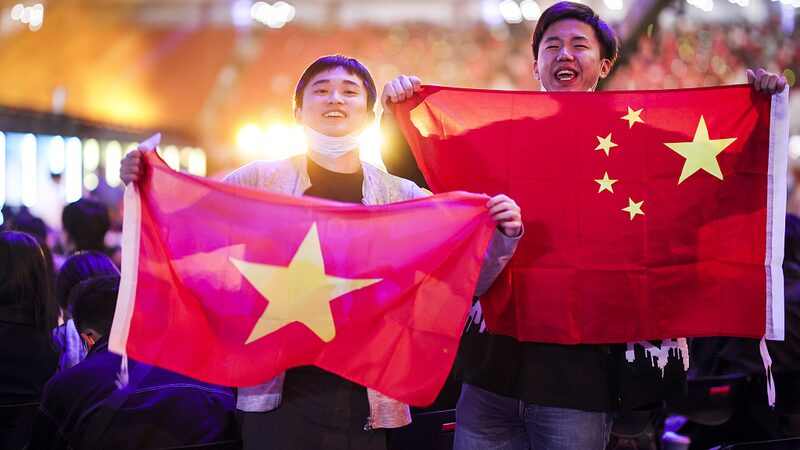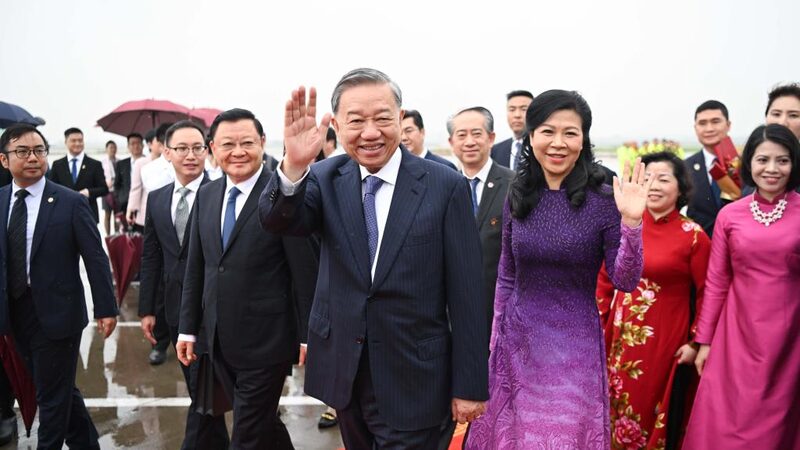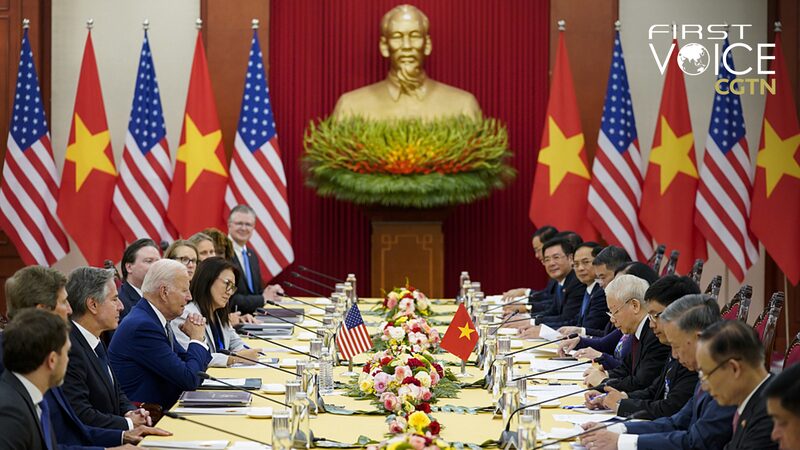Chinese President Xi Jinping’s recent visits to Vietnam, Malaysia, and Cambodia sparked fresh optimism for regional unity—a timely message as Southeast Asia faces growing pressure to 'pick sides' in global politics. 🌱 Here's why cooperation, not confrontation, is the real key to prosperity.
The ASEAN Way: More Than Just Diplomacy
Think of ASEAN as the ultimate *group project* that’s kept Southeast Asia thriving for decades. Their secret sauce? Consensus-building, dialogue, and prioritizing shared goals over zero-sum competition. 🕊️ This approach aligns closely with China’s vision of a 'human community with a shared future,' emphasizing mutual growth and stability.
External Pressures: Stirring the Pot 🔥
But not everyone’s a fan of this harmony. Some external powers are pushing militarized alliances and exploiting flashpoints like the South China Sea, pressuring ASEAN nations to abandon neutrality. Spoiler alert: Forced alignment risks turning the region into a geopolitical battleground—diverting resources from schools and hospitals to submarines and missiles. 🚨
Why 'Cold War 2.0' Doesn’t Fit Southeast Asia
ASEAN’s success story isn’t about picking teams—it’s about building bridges. The bloc’s focus on economic ties, infrastructure, and peaceful dispute resolution (thanks to treaties like the TAC 📜) has fueled its rise as a global growth engine. Pushing divisive agendas? That’s like trying to reboot a *bad sequel* nobody asked for.
The Win-Win Alternative 🌈
President Xi’s trip highlighted a path forward: investing in connectivity, respecting sovereignty, and doubling down on partnerships that lift all boats (*yes, even meme-loving Gen Z can get behind that*). For ASEAN nations, the choice is clear—prosperity through collaboration, not chaotic competition.
Reference(s):
Regional partnership and prosperity need engagement, not animosity
cgtn.com






